Since mid-April, a mild to severe heatwave has plagued the entire country. However, in some parts of densely populated Dhaka and other areas, temperatures are lower than surrounding regions due to the presence of extensive canopy cover and water bodies like ponds and lakes.
The oppressive heat has led to widespread frustration, prompting people to vent on social media about tree removal for construction, the filling of water bodies, and other activities like the increasing number of fuel-run vehicles and air conditioners that exacerbate temperature rises. Many concerned citizens and environmental groups have launched campaigns promoting tree planting and opposing tree cutting.
In response, numerous individuals initiated tree planting efforts in April, as the heatwave persisted unusually long. May has also been hotter than the previous year.
However, experts caution that April and May are not ideal for planting saplings and emphasize the importance of selecting appropriate locations and species.
Thanks to mainstream media support, some tree-cutting initiatives were halted due to public outrage. For instance, protests led the Dinajpur Zilla Parishad to suspend plans to cut down trees along the Sadar-Setabganj Road, saving 78 old trees, although 340 trees had already been removed for a road-widening project.
Local protests also stopped tree-cutting in Chittagong's CRB area for a flyover project and delayed construction at Jahangirnagar University.
Trees as Natural Air Coolers
Prof. Saleh Ahmed Khan, a botany professor at Jahangirnagar University, which boasts numerous lakes and ponds, stated, "Our campus's average temperature remains 2-3 degrees Celsius lower than Dhaka due to the trees, ponds, and lakes."
He noted that the JU campus has 917 plant species and emphasized the need for proper preservation and interdisciplinary research on its ecosystem. He supported students' opposition to construction that would harm trees and advocated for a master plan.
Khan explained, "Trees with greener leaves and larger canopies significantly interact with their environment, preventing direct sunlight from reaching the ground, thereby cooling the area."
Native species like Java Cassia, White Siris, Jackfruit, Banyan Tree, Arjuna, and Neem, as well as exotic varieties like mahogany and Royal Poinciana, are effective at reducing temperatures. In contrast, plants like Acacia, Eucalyptus, and the silk cotton tree are less helpful.
Guidelines for Planting Trees
Prof. Md Nuhu Alam of the JU Botany Department emphasized the importance of tree proportions in an area, suggesting at least 25% greenery to reduce pollution, sequester carbon, and supply oxygen. He advised planting trees at the end of the monsoon for optimal soil moisture and recommended spacing trees 6 to 10 feet apart for sufficient canopy coverage.
Role of Water Reservoirs
Prof. Khan highlighted that aquatic plants in water bodies also absorb heat, helping maintain humidity. Prof. Alam stressed that water bodies are essential alongside trees, as aquatic plants and plankton absorb carbon and supply oxygen, maintaining tolerable humidity levels.
Water Hyacinth: Useful or Not?
Although often seen as aquatic weeds, water hyacinths don't play a significant role in aquatic ecosystems. Prof. Khan explained that they can hinder native aquatic plants and microorganisms. Prof. Alam noted that while water hyacinths are not as beneficial as phytoplankton, which release much more oxygen, they still retain water and can exist in aquatic ecosystems to some extent. He also dispelled the notion that ponds with water hyacinths are mosquito breeding grounds, explaining that mosquitoes can breed in any stagnant water.



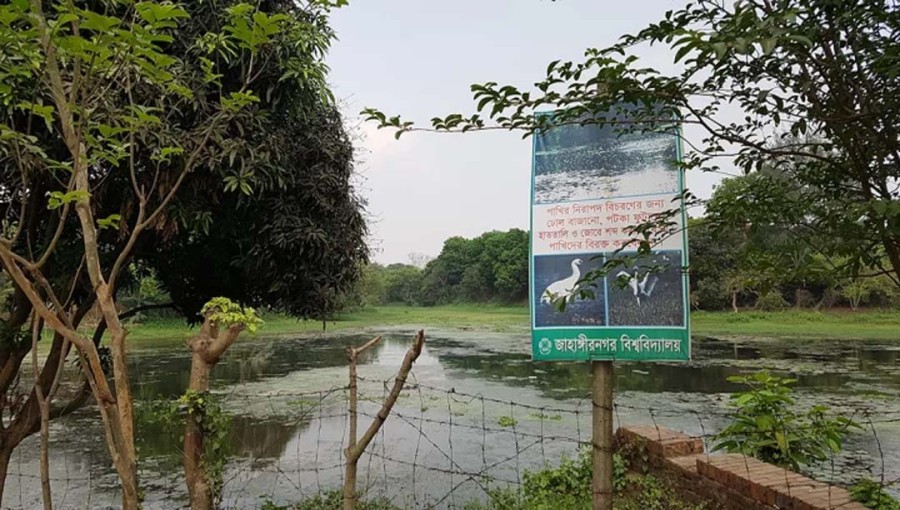


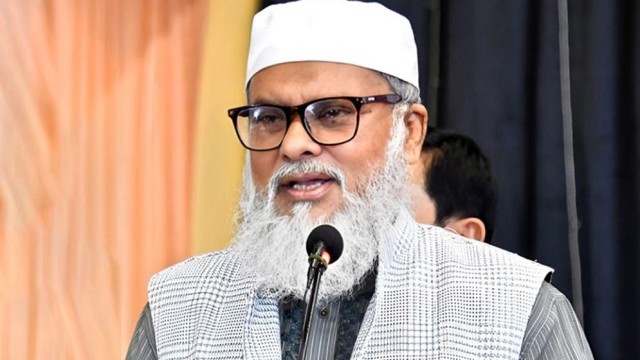


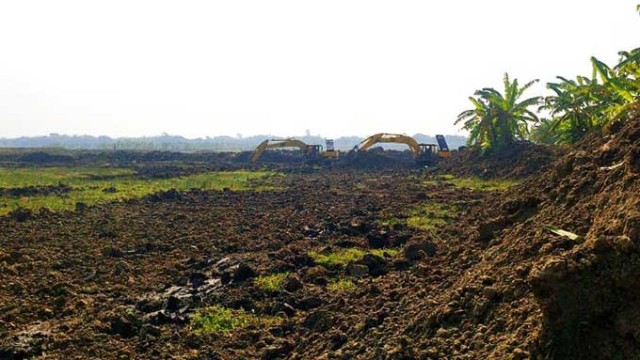


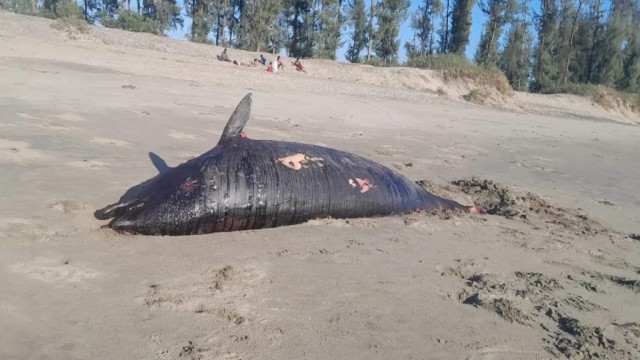


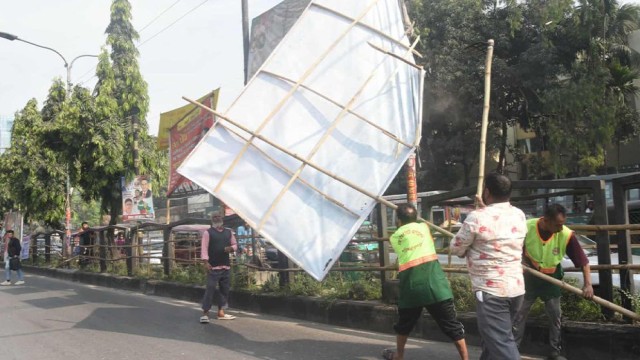
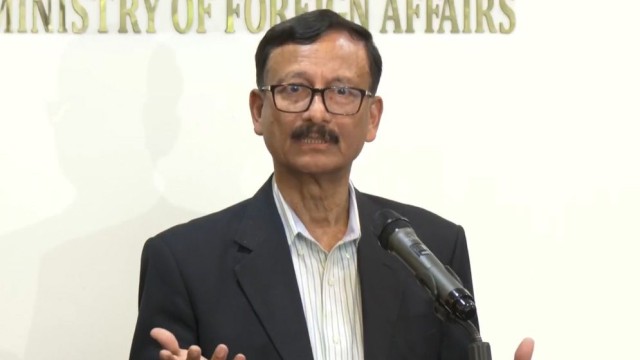






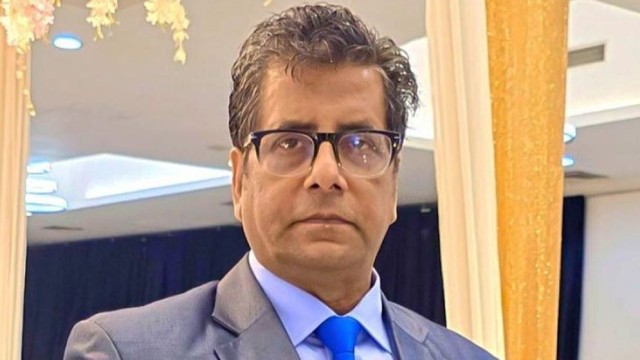




Comment: